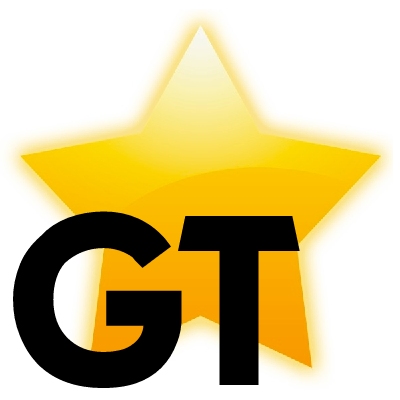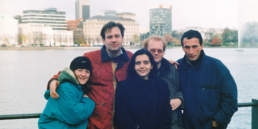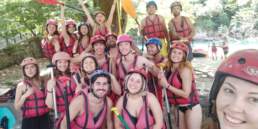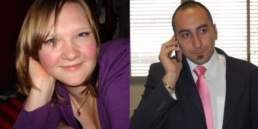On 1st of December 2020 the new AEGEE Materials database went online. It contains a lot of useful materials from PR via FR to event management and will be the official storage place for materials to be shared within the network. The Golden Times spoke with Roberto Meneghetti and Teddy van Amelsvoort, who coordinated the work.
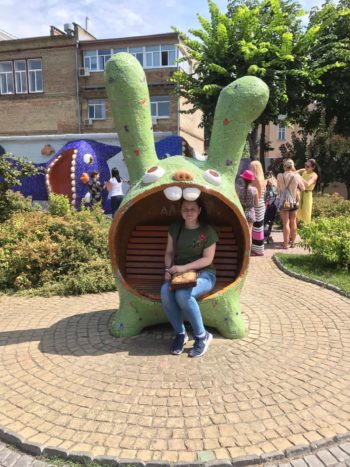
Golden Times: What kind of info and type of publications is in the database? Can you give some examples?
Teddy van Amelsvoort: You can find all sorts of things in the AEGEE database. We divided the different material into ten different folders: AEGEE identity, board management, event management, FR, HR, IT, PR, soft skills, thematics and GDPR. In these folders you can find booklets, session outlines and promotional material.
Roberto Meneghetti: For example you can find manuals on how to organise your Local Training Courses, manage your team communication, Working Group sessions, Visual Identity graphic materials… It’s quite a diverse library!
GT: What can it be used for?
Rob: it can be used in different ways: as a user you can find a lot of useful information on how to organise events, develop soft skills or find knowledge about the various aspects of AEGEE; as a producer of content, you can finally share your booklets, sessions and other materials – and be sure they will be stored and available for quite some time!
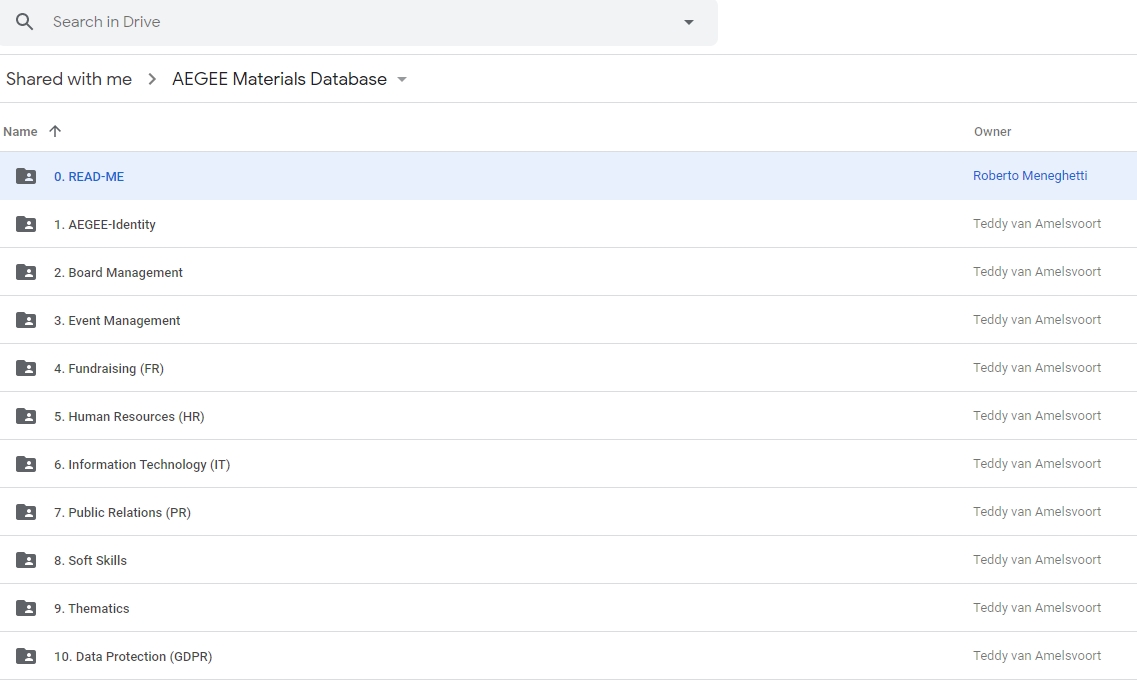
GT: How up to date is the info? Was that a criterion?
Rob: It depends, in the sense that you can find old and new files together. The main criterions were relevance and obsolescence, so if there is a more updated version of a manual, that’s the only one that generally stays and you will not find old specific PR material, for example, because it’s not relevant. But you can find old Action Agendas and Strategic Plans, since they are still relevant for history and thematics purposes.
GT: How many booklets, workshops or presentations are these in total?
Rob: I really can’t count them, but considering that the total number of folders is close to 150, I think we can safely assume we are quite beyond thousand files.
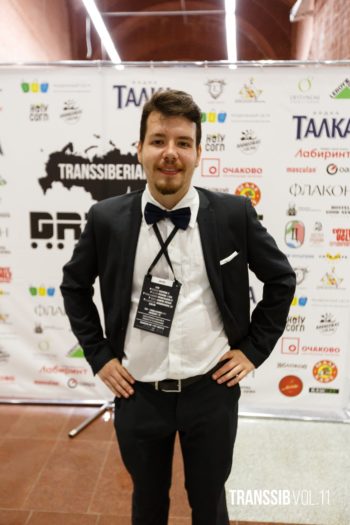
GT: How can people access the info?
Teddy: People can access the database under the resources tab on myAEGEE, they only need to be logged into their AEGEE.eu account.
GT: Who worked on it?
Rob: On the NetCom side I started the idea for the project, with the input of Adam Kubak, Rita Semchenko and Fabian Dennenmoser and also food for thought from Fabrizio Bellicano. At that time Oksana Prokopchenko signaled us that also HRC was developing a very similar idea in parallel, in particular Teddy, so we joined forces and started to work on it together at full speed.
Teddy: The database was a collaborative input. Rob and I took the lead from our respective bodies at the time, NetCom and HRC, but we received help and input from Fabian Dennemoser, Margarita Semchenko and of course our previous Network Director Oksana Prokopchenko.
GT: Where did you find the info? Where and how did you search for it?
Rob: NetCom already tried to gather such a database many times, so we actually already had four to five databases also made in cooperation with other European bodies such as the Youth Development Working Group, Equal Rights Working Group, Human Resources Committee and Academy. The challenge has been sorting all this material in a consistent way and structure. We also contacted the European Bodies as a whole and collected further material – and since I am in PRC, I asked for and integrated the PRC archive and the stock images archive into it, as well.
Teddy: I started looking for the material in the HRC archive which contained a lot of material and sessions to start from. We also contacted all European bodies to see if we had missed some of their material in our search across Facebook and the mails they sent out previously.
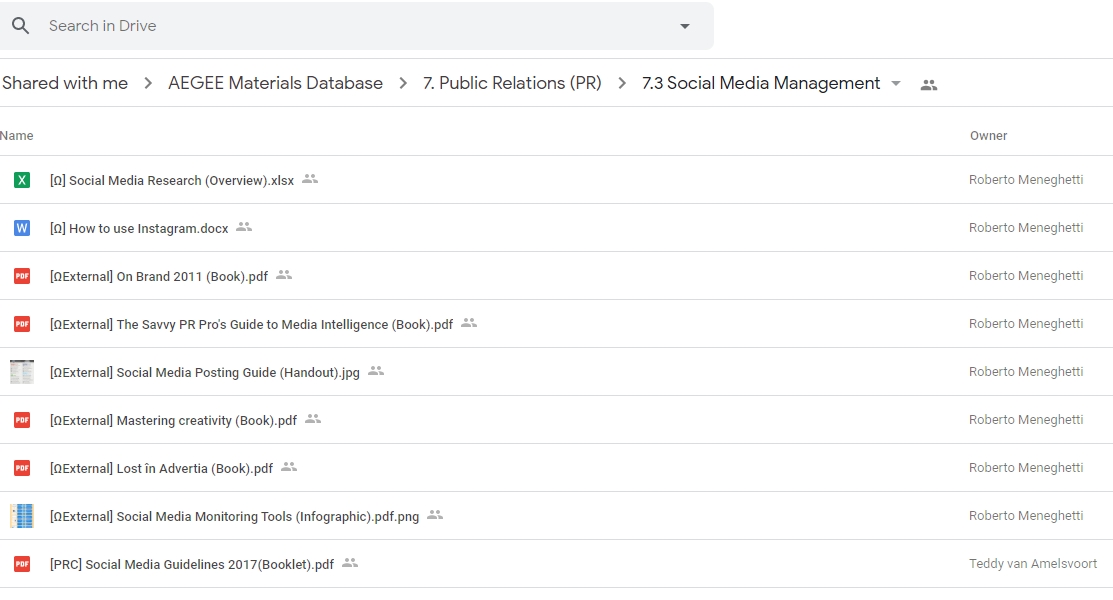
GT: What did you learn yourself about AEGEE while doing it? What surprised you most?
Rob: It surprised me how many different and rich attempts to complete this task didn’t make it eventually, I guess it was usually due to a lack of time and consistency in work between different mandates. It really makes you think how necessary was a knowledge base also to ensure we don’t do the same stuff over and over again.
Teddy: I think what surprised me is that I did not know that there was so much work that was done by our different locals and European Bodies. I notice within AEGEE that at times we try to reinvent the wheel each time, but with this collection of material in one logical place, I hope we start to realise that there already exists a fundamental basis we can work and improve from.
GT: How will the database develop further? Can people add info? If yes, how?
Teddy: The database will be added to the knowledge management system that HRC is working on, and hopefully more people will send us their material so we can further develop the database. People can add their information if they send an email to db.editors@aegee.eu, then we will see if the material is not in the database yet and then we will add it.
GT: Anything else you want to add?
Teddy and Rob: It was quite a year to work on this creation and we hope you are all as excited as we are and will make great use of the database!
Related Posts
8th January 2019
Check out the AEGEE Summer 2019
in 2019 altogether 52 Summer Universities took place. This is their story.
